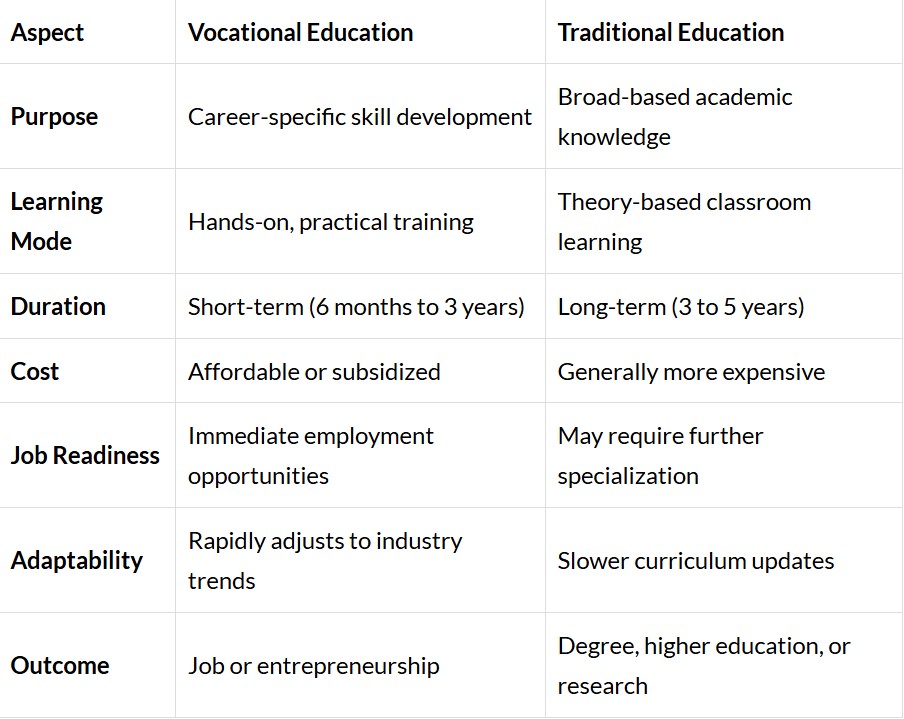7667766266
enquiry@shankarias.in
Mains: GS II - Issues Relating to Development and Management of Social Sector/Services relating to Health, Education, Human Resources.
Recently, there is a huge decrease in skilled workforce in India due our traditional academic and rote-based education system.
